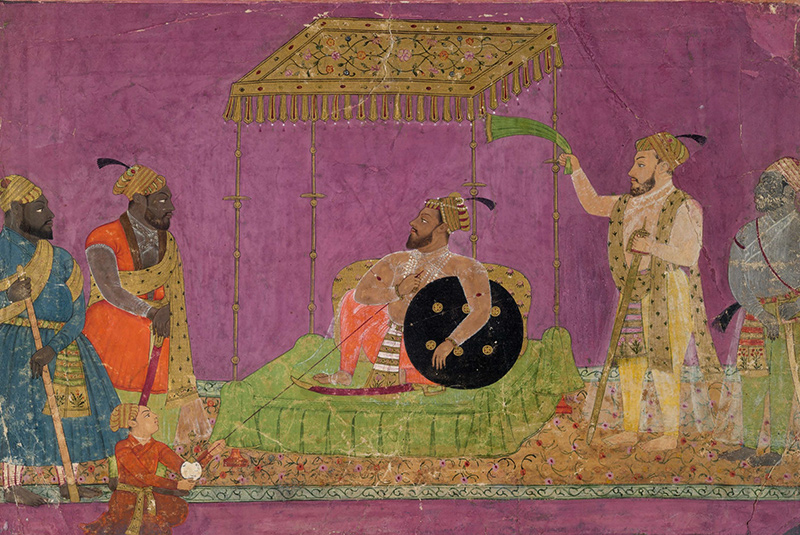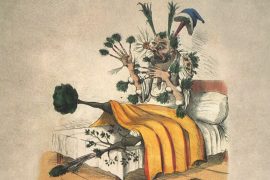Merriam-Webster defines xenophobia as “fear and hatred of strangers or foreigners or of anything that is strange or foreign.” It’s traditionally interpreted as racism. But in India, xenophobia often plays out differently, sometimes, even ironically.
In the current era, racism plays out through caste, class, complexion and nationality in India. Some of these have roots in long-held stigmas.
A valuable contribution to our understanding of historic xenophobia in India is Gijs Kruijtzer’s 2009 book, ‘Xenophobia in Seventeenth-Century India,” by Leiden University Press. In six chapters, Gijs explores the many facets of South Indian xenophobia in the pre-colonial era.
It raises many curious points. India has long been a home to foreigners, and to them, India has also long been a strange place. By the time European colonizers had settled in India, they had more to fear from each other than from the locals. Between the Dutch, Portuguese, French, Spanish and British, events in Europe affected how Europeans were likely to view each other in this period.
Copyright©Madras Courier, All Rights Reserved. You may share using our article tools. Please don't cut articles from madrascourier.com and redistribute by email, post to the web, mobile phone or social media.Please send in your feed back and comments to editor@madrascourier.com











